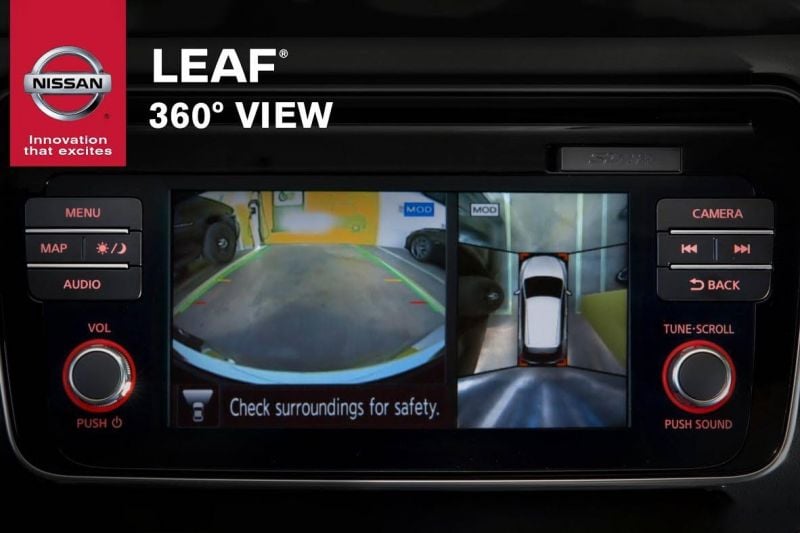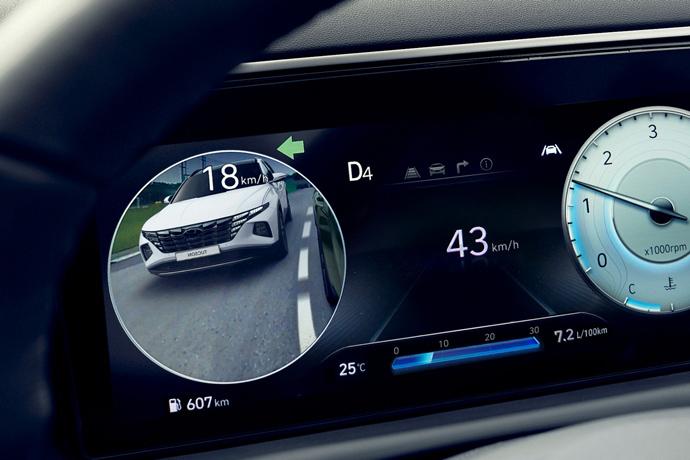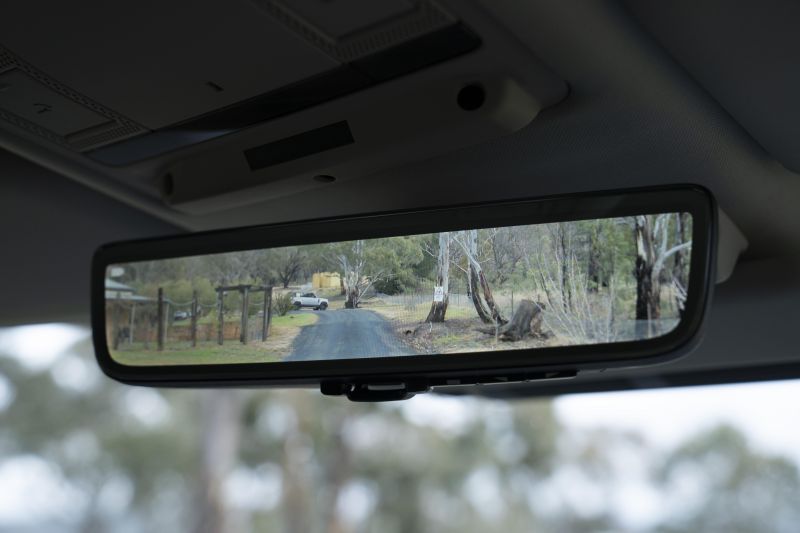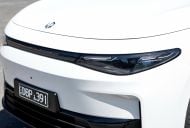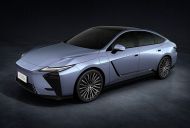Car designers today not only have to meet tight safety and structural regulations, but also a desire for sleeker styling.
Gone are the days when thin A, B and C pillars and large glasshouses gave the driver a panoramic, almost fishbowl like view of their surrounding environment.
One of the ways carmakers have compensated for small windows and compromised side and rear visibility is by using cameras. In addition to last week’s story describing digital door mirrors, carmakers have also resorted to 360-degree camera systems and digital rear-view mirrors.
For vehicles intended to be taken off the beaten track, some manufacturers such as Land Rover have gone further by developing a system that allows the driver to virtually see under the bonnet.
360-degree cameras
As the same suggests, these systems aim to give you a bird’s-eye view of your surroundings.
In the industry, they’re known by various names including ‘surround-view monitor’ or ‘around-view monitor’.
How they work depends on the manufacturer. The most basic system is offered in Peugeot and Citroën models, and consists of a wide-angle front camera in addition to the standard reversing camera.
As the driver moves, clever software fills in the gaps on the sides of the vehicle, providing a ‘pseudo-360 degree’ camera view.
Most other systems make use of at least four cameras (the reversing camera, plus ones mounted on the door mirrors and a front-facing camera) to provide a live 360-degree view, with software stitching together video feeds from the camera to present a top-down perspective.
The main differentiator here is in the sophistication of the software. Basic 360-degree camera systems have a fixed outline of the car in the infotainment system, with a live feed from each camera presented in its own quadrant.
More advanced systems allow you to choose from a pre-set variety of angles, with the car rendered in its own, virtual space.
The most innovative systems are available in the latest models from brands such as BMW and Great Wall. They present the car like it’s a 3D model in its own video game.
The driver and vehicle occupants can pinch, zoom, and otherwise manipulate the view using the touchscreen, with the software working to make it feel like a drone was outside the car recording its surroundings.
BMW in particular goes a step further with its ‘Remote 3D View’ functionality, that can transmit this same live view to a user’s smartphone through the My BMW app.
This can be especially handy for peace of mind that car is safely parked when the owner is out and about.
Blind-spot cameras
These systems aim to eliminate blind spots by projecting a live feed of the side of the car when indicating or merging lanes. Note this is a different technology from digital door mirrors, as it aims to complement the traditional side mirror rather than replace it.
These systems were pioneered by Honda and its LaneWatch system. Instead of a traditional radar-based blind-spot monitoring system, Honda placed a camera on the passenger side door mirror.
If the driver indicated left, a feed from this camera presents itself in the central infotainment display, helping to alleviate any blind spots.
Some models offered by Hyundai, Kia, and Genesis use a much improved version of this same concept.
Instead of a single passenger-side camera, cameras are placed under the driver and passenger-side mirrors. If the driver indicates left or right, vision from the respective camera appears in the digital instrument cluster directly in their line of sight.
This system is paired with a traditional blind-spot monitor to limit occasions where drivers need to perform an ‘over-the-shoulder’ head check when changing or merging lanes.
Digital rear-view mirrors
These systems are especially useful when the view out the back of the car is obscured by rear seat passengers or tall luggage, and combine a traditional rear view mirror with an unobstructed digital alternative.
Available in a variety of cars (such as the facelifted Toyota RAV4) perhaps one of the best implementations of this system is the Jaguar Land Rover ClearSight Mirror.
Rather than using the reversing camera, this system uses a camera located in the shark-fin antenna. When activated, the system presents a widescreen view from the camera that fills the entire mirror space.
Both the brightness and position of the image can be adjusted, and the driver can switch back to the traditional reflective mirror if necessary at the push of a button.
Camera technologies for off-road use
Many SUVs with even a modicum of off-road ability offer features such as kerb-view cameras, which present another angle from a camera mounted underneath the side mirror.
Land Rover, however, has again innovated in this space through clever software trickery with its ClearSight Ground View system.
This system combines video from the front camera with the two cameras placed underneath the door mirrors to enable the driver to look ‘through’ the bonnet, and see what is underneath the car.
This may prove useful when off-roading to avoid sharp rocks and other obstacles.





